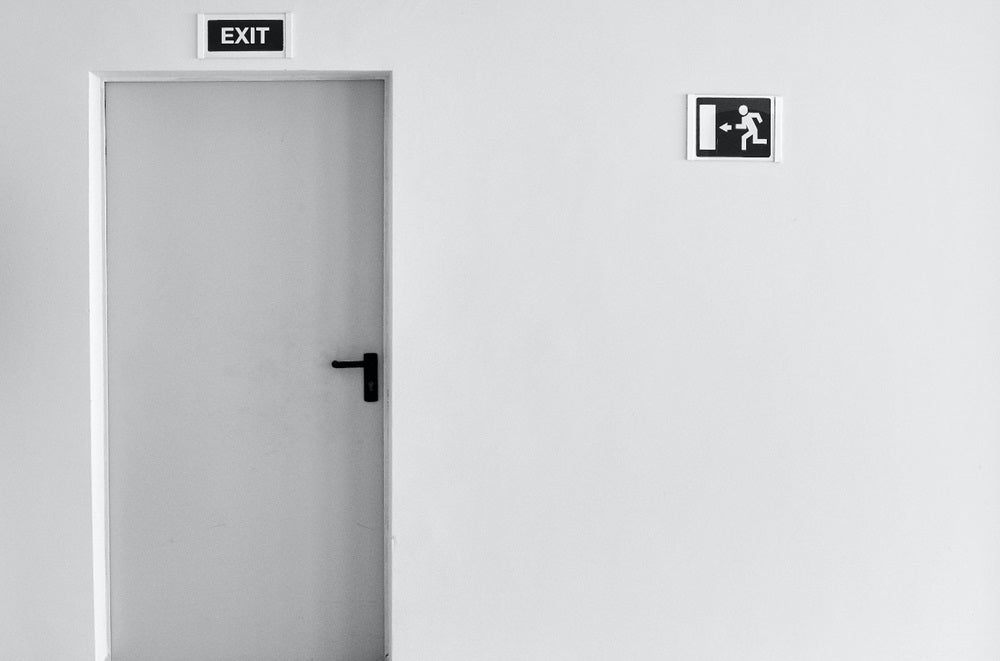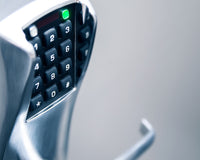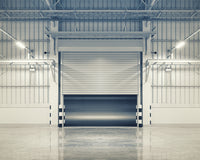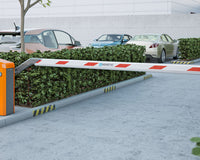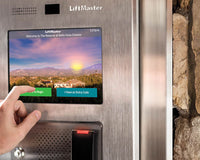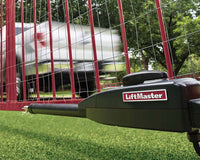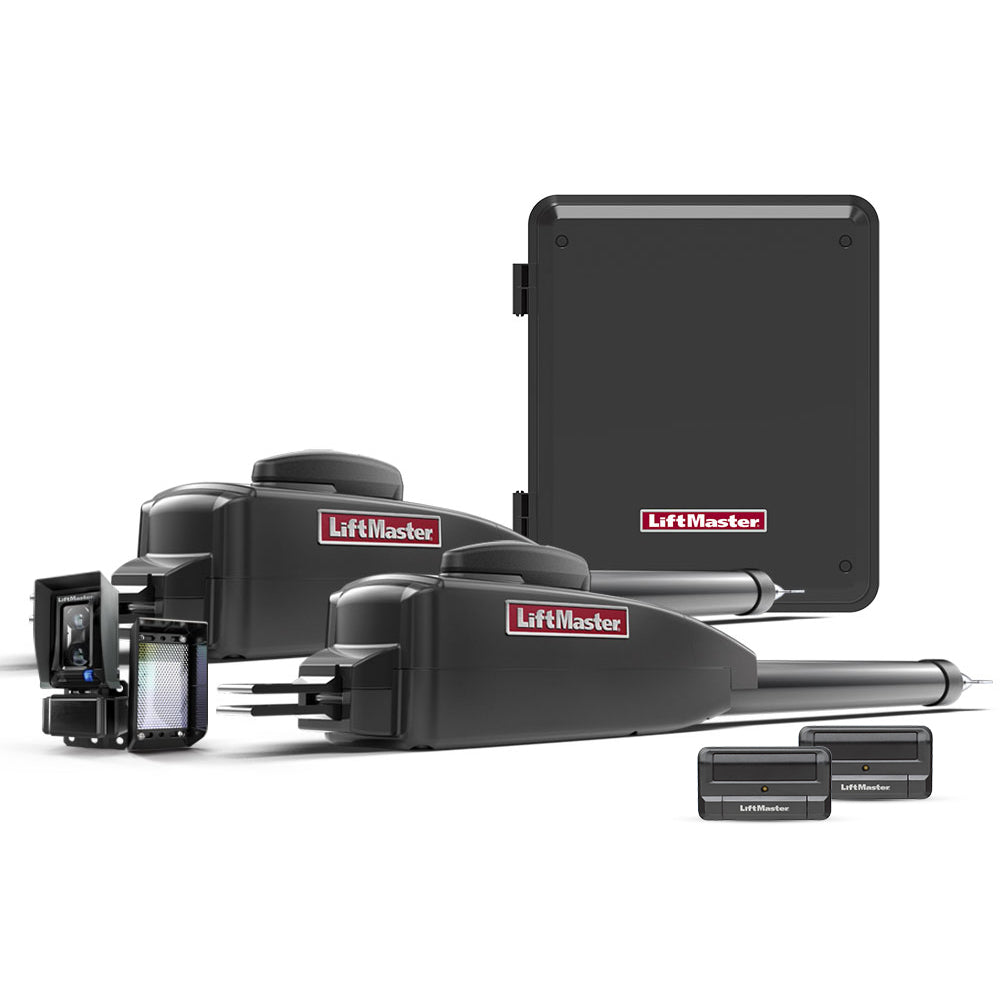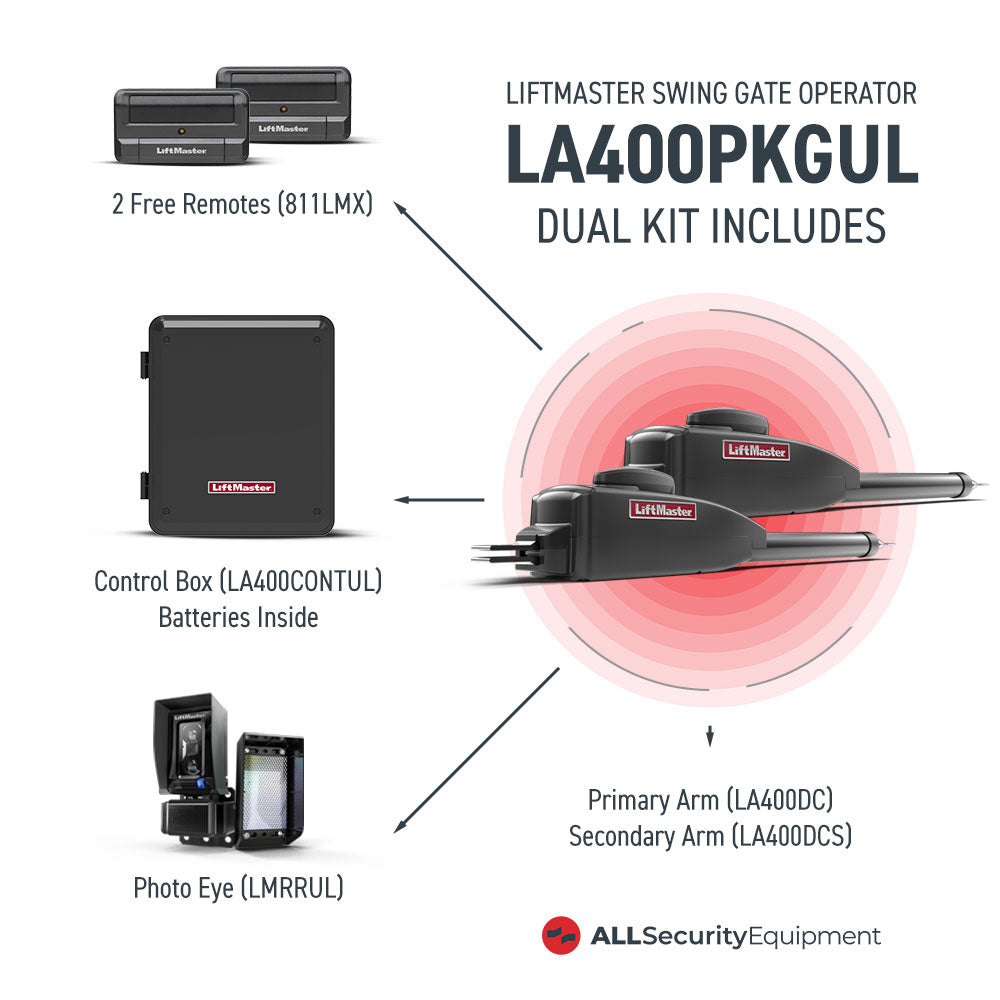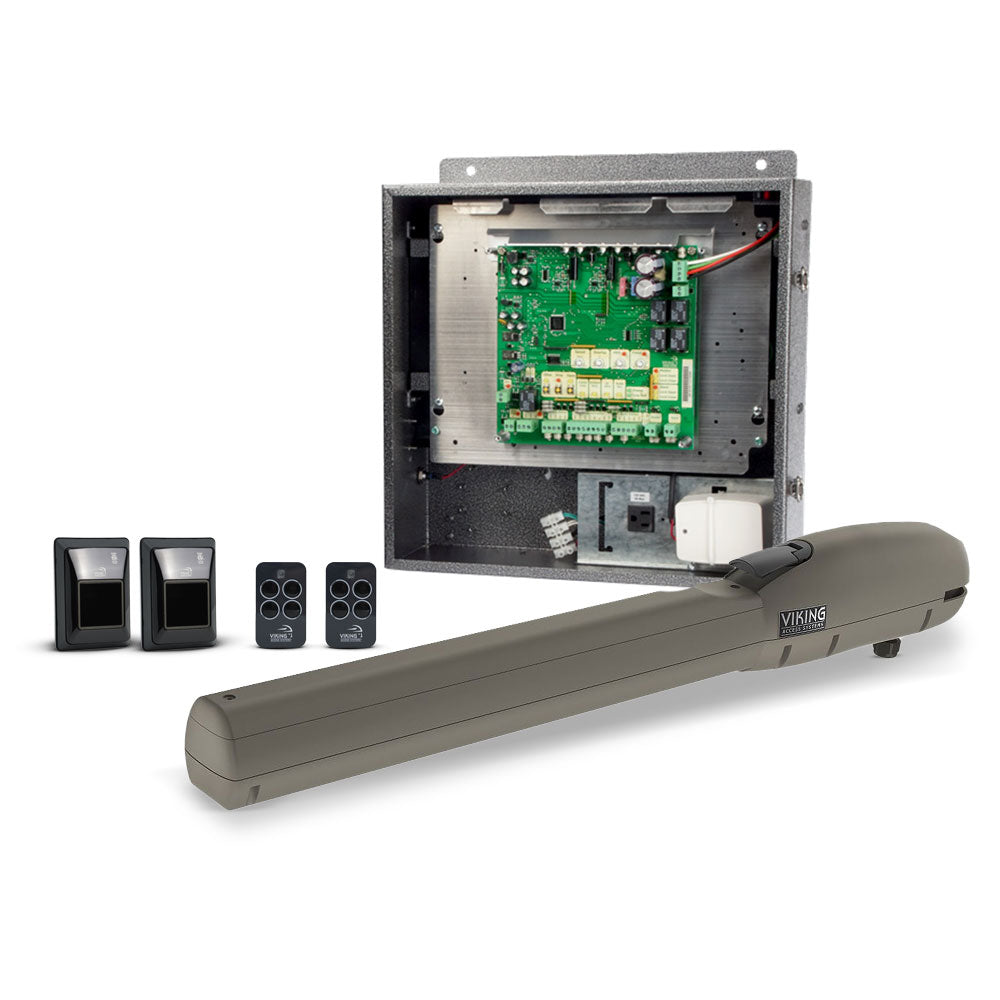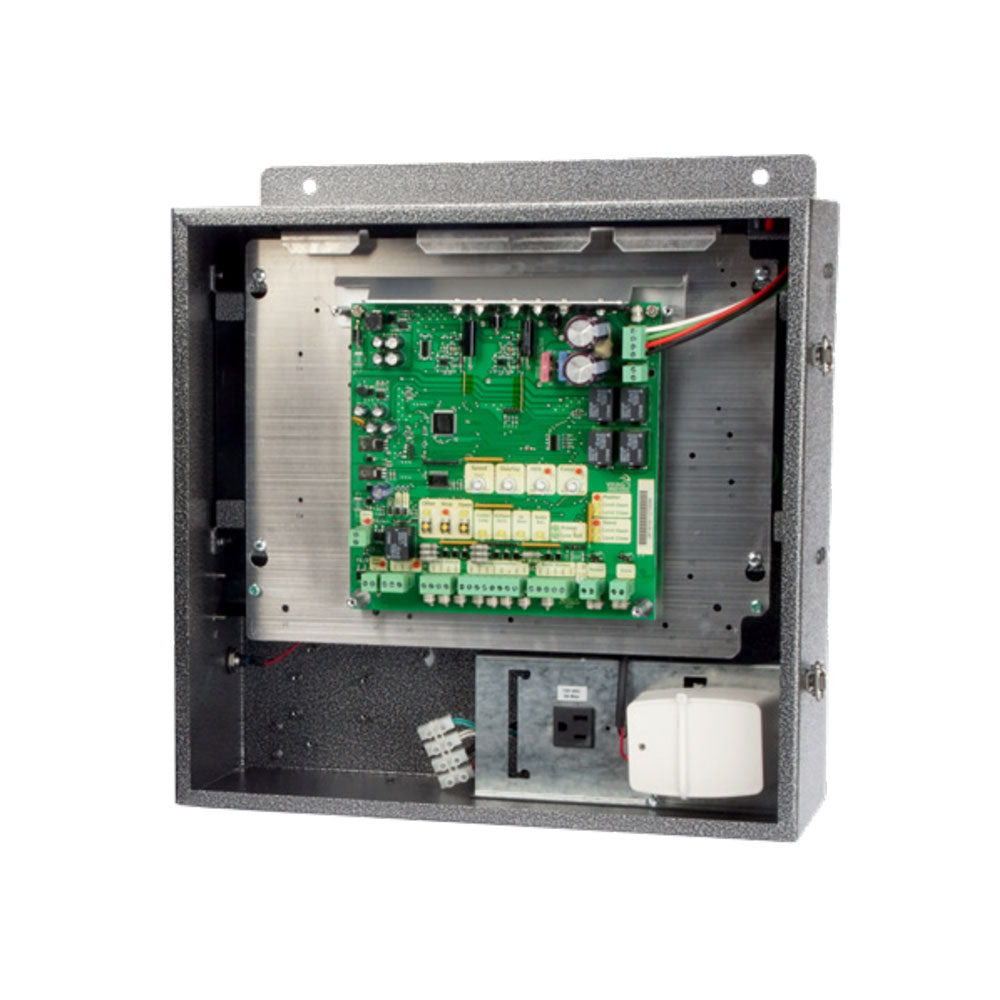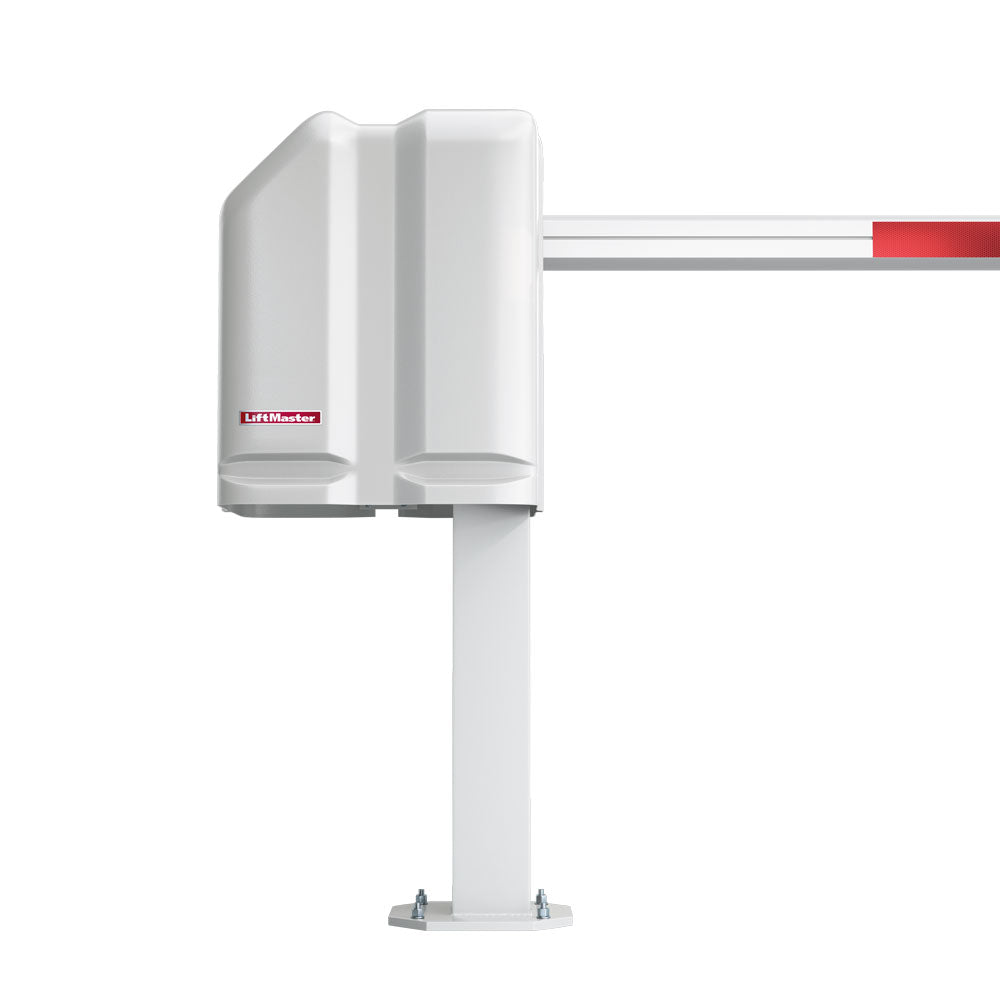Fire doors are doors built to withstand fire and delay its spread. Every fire door needs a reliable door closer as part of a robust fire protection strategy. That is why fire-rated doors are usually equipped with different door closer types to meet safety standards.
The Importance of Door Closers in Fire Doors
Door closers are crucial as they ensure that doors are not left open. During a fire, for example, an open door enables combustion by providing ample oxygen to fuel the flames. Leaving a door open can cause more damage, so door closers are installed as a precautionary measure to combat this type of negligence.
Some door closers can be programmed to shut the door within a specified period of being unused. These closers are ideal in commercial areas with high traffic. Door closers are also used with residential doors where automatic door closing is required for safety and convenience purposes.
Different Door Closer Types
Door closers all work similarly by releasing the tension in the closer spring every time an open door is released. However, they are further divided into different types depending on how they are mounted and opened.
Generally, you will find them divided into four different types: overhead, concealed, surface-mounted, or floor springs.
Overhead Door Closers
Overhead closers are the most commonly used door closers. You can often spot them affixed on top of commercial and public doors. They are created with different strengths to accommodate different door weights and sizes.
They are often assigned numeric values. The recommended size for fire door overhead closers is three. Overhead door closers are further classified according to how they are installed. Let’s take a closer look:
Regular Arm
A regular arm is the more conventional type and is positioned on the pull or hinge side of the door. There are two arms − one is attached to the door frame and the other to a spring-loaded box. These arms extend vertically when the door is closed. Regular arm closers are convenient options but are not preferred if aesthetics are concerned.
Parallel Arms
When installed, parallel arms are much less noticeable. The closer body is located on the push side of the door. The arm is installed on the soffit of the head of the door frame and folds parallel to the door face. The tucked position of the parallel arm makes it less prone to being vandalized, so it is often used on commercial doors and in schools.
Top Jamb Door Closer
A top jamb door closer is similar to a regular arm and is used with aluminum and glass doors where the top rails are narrow. However, unlike regular arms, top jamb closers have the closer mounted on the push or stop side of the door.
Concealed Door Closers
Establishments that want to keep a minimalist and clean look choose concealed door closers. These closers are installed onto the door or frame and are not visible when the door is closed. The discrete mounting position reduces the risk of misuse and vandalism, making them ideal in high-traffic entrances.
Surface Mounted Door Closers
A surface-mounted door closer is the most versatile among all the door closer types for low to medium-traffic doors. These door closers are designed to be mounted inside the door frame and have an extending rod at the back. Surface mount closers are economical and easy to install.
Floor Mounted Door Closers
Floor-mounted options are the most fitting choices if you are looking for durable fire door closers that can withstand heavy traffic.
The spring closer is installed on the floor with a rod mounted underneath the frame to control the door’s closing action. Floor closers are also ideal for tall and wide doors or those made of heavy glass and insulation materials.
Other Types of Door Closers for Fire Doors
Aside from the spring type, there are also modern door closers intended to optimize fire safety.
Automatic Door Closers
Automatic closers like the FAAC 950N2 are equipped with smart sensors that open up whenever a person is within its range. When it deems it is safe to close, it closes on its own without the need for any manual force.
An automatic door closer, such as those from Lockey USA, often uses hydraulics instead of a spring. The door closer houses the internal shaft, piston, and hydraulics and is mounted on top of the door. An arm is connected to the door to facilitate the closing and opening.
Hydraulic door closers are used for heavy door applications, and they often have an adjustable closing force and speed.
Electromagnetic Door Closer
Electromagnetic door closers are excellent when it comes to fire safety. These are hooked up directly to the building’s smoke detection system. In case of fire, the closer magnet will re-engage and close the door to contain any fire and smoke. However, it will still allow free exit for safe passage.
There are two modes of operation for electromagnetic door closers: hold-open and free-swing.
Hold-Open Doors
These doors remain open when pushed back beyond the 90-degree point. In case of fire, the fire detector and alarm will trigger the closer to release the door. The electromagnetic closer will seal it to prevent the fire from spreading.
Free-Swing Door
These closers enable the door to be operated normally. There is virtually no resistance when using it. Like hold-open closers, a free-swing door will also engage its safety mode when triggered by the fire alarm or smoke detector.
Considering the Right Door Closer
When choosing a door closer, the best type is the one that makes the most sense for your doors. Remember, they can be overhead, surface-mounted, or concealed.
You also need to consider the type of door opening and the location you want the door closer installed. Other factors to consider are the type, size, and weight of the door and its aesthetic value.
The volume of traffic the building sees is also an important consideration. For low to medium-traffic areas, a surface mounted closer like those from Norton is enough. Go for overhead door closer types if you expect medium to heavy traffic and floor-mounted for extreme uses.
If you need more help choosing the right door closer type for fire doors, visit All Security Equipment. We have a range of conventional and modern door closers that meet building fire safety standards while enhancing safety and convenience.
Feel free to contact our customer service representative.

